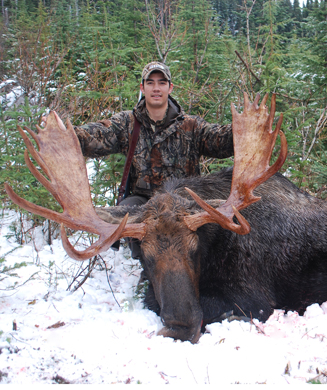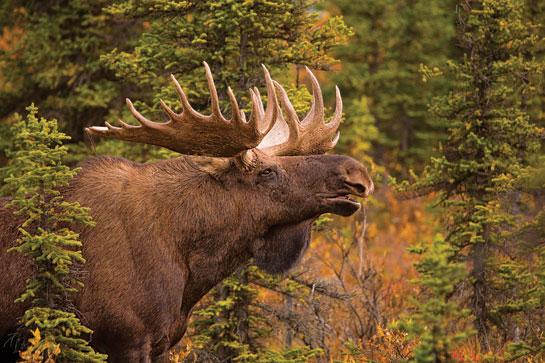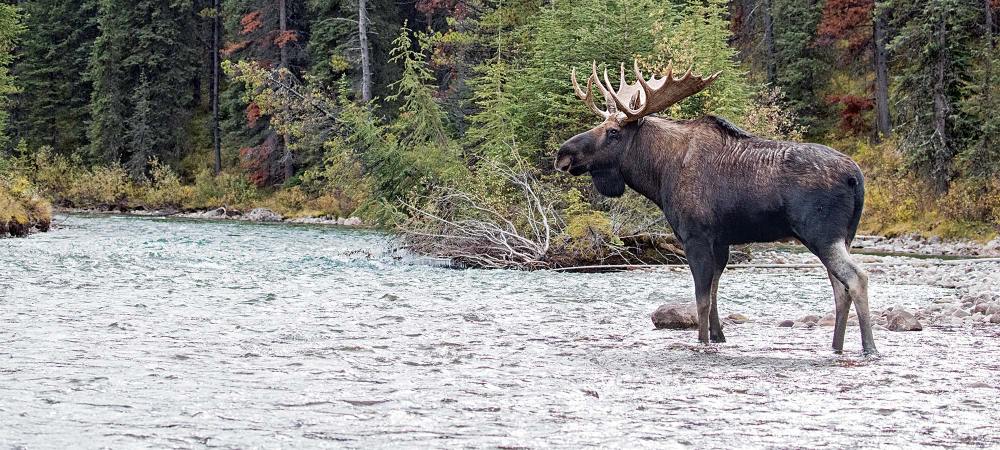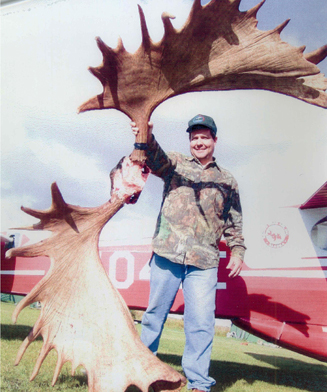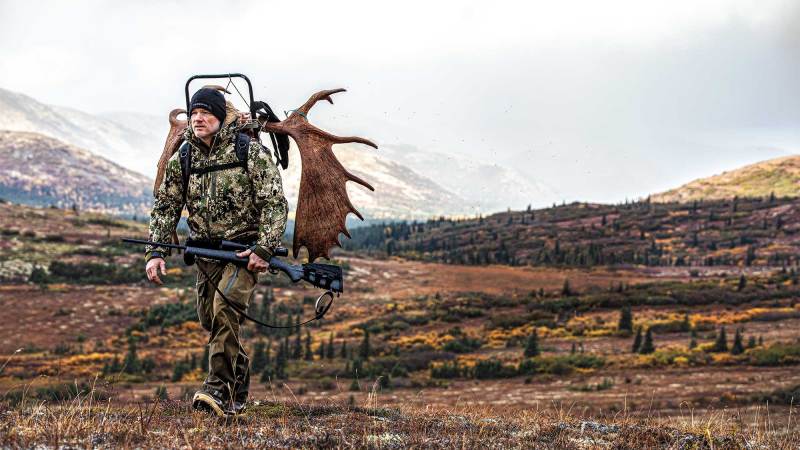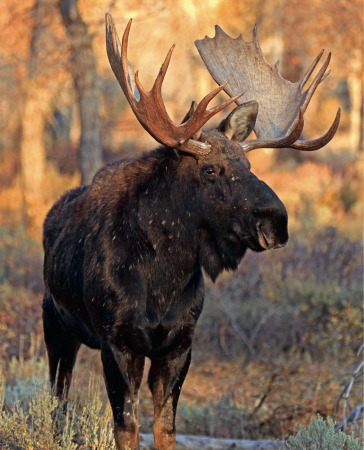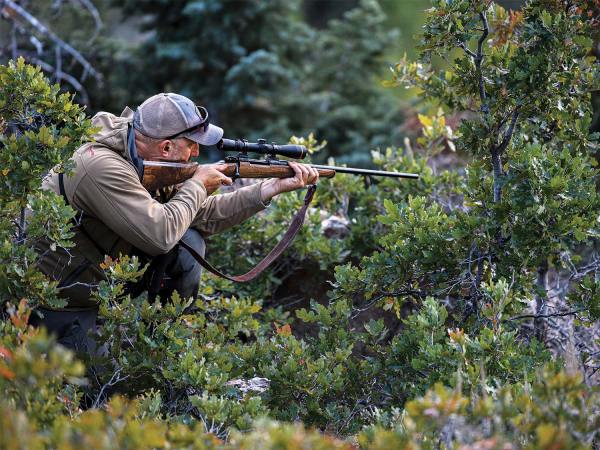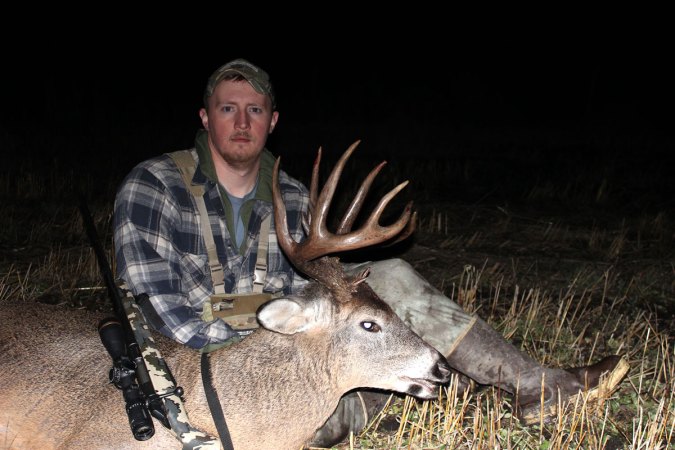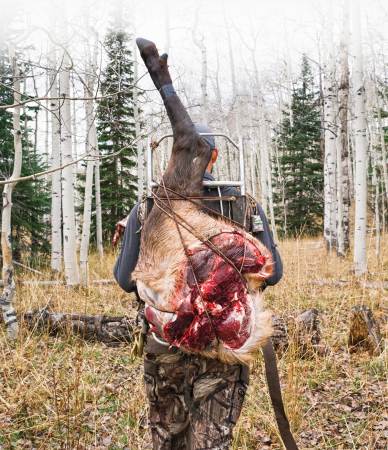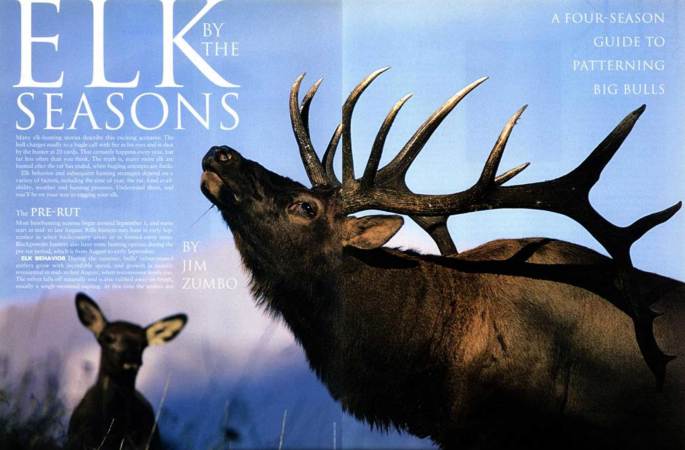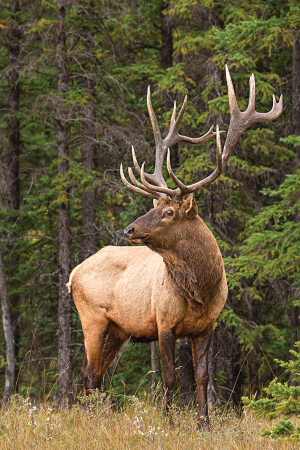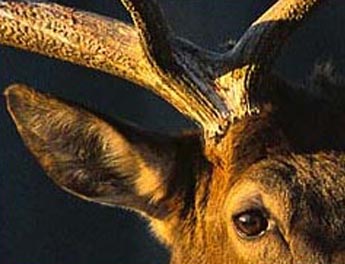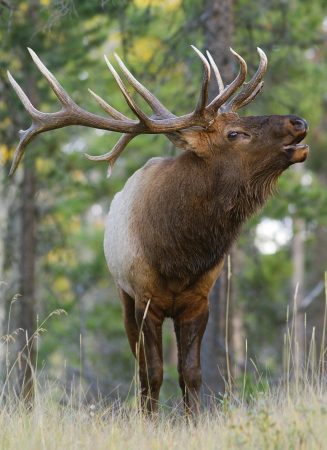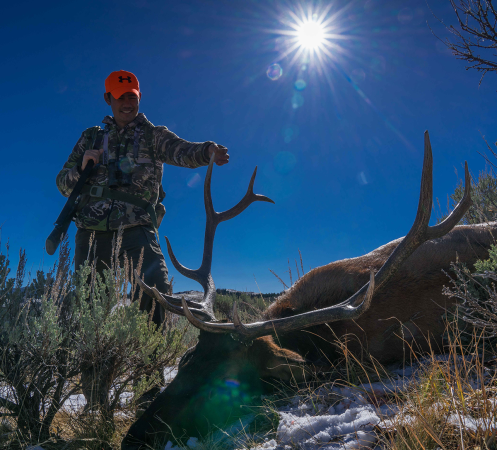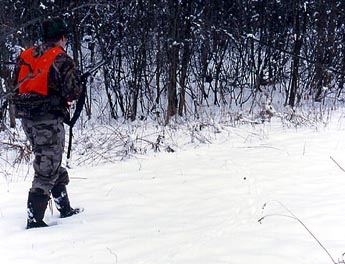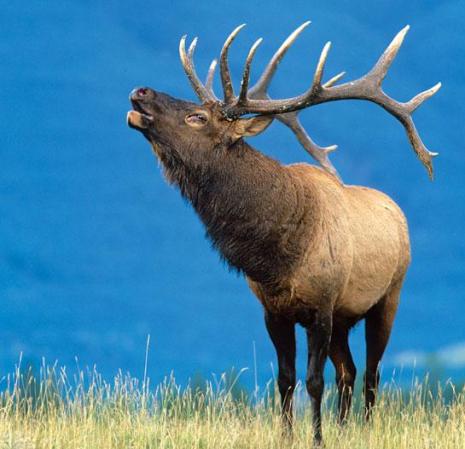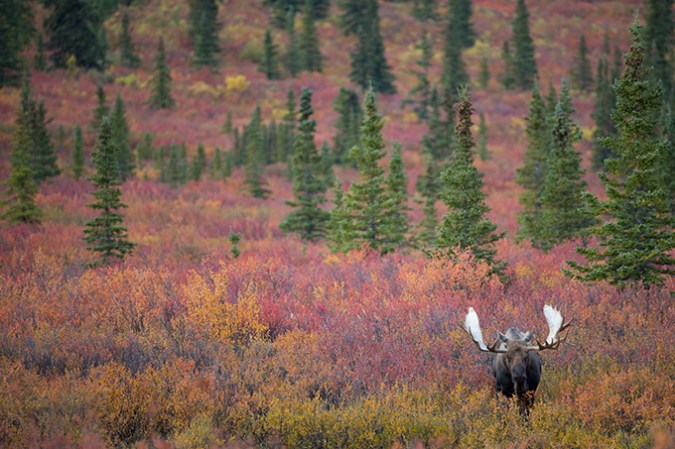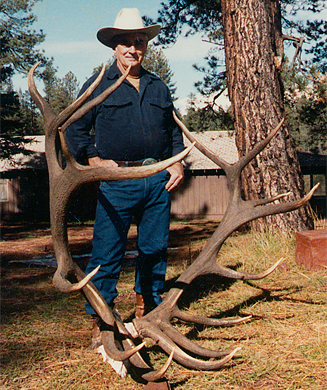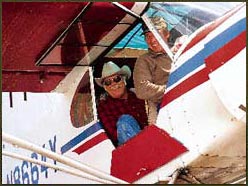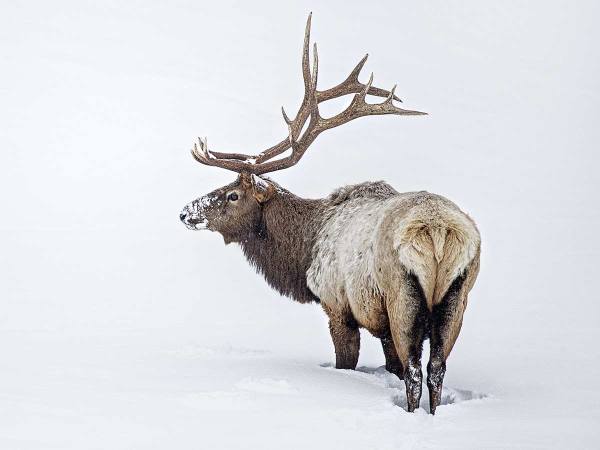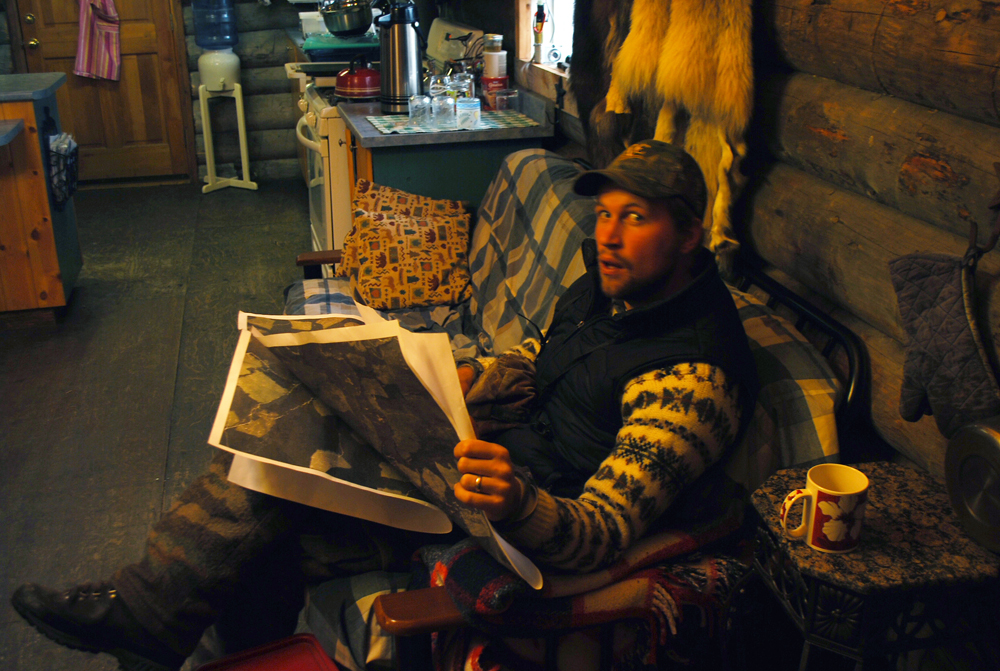
Outfitter: "Shoot a moose." Me to the camp cook: "What's for dinner tonight?"
Cook: "Something hot" Me to my guide (pictured here carefully examining maps of our hunting area): "What are we going to do today?"
Guide: "Shoot a moose." When the hunt is post-rut and the moose aren't punch-drunk with lust, you also begin to appreciate the survival instincts of a big bull. Here's the story of my hunt in the mountains outside of Prince George, BC and the tactics and gear I needed to get a bull.
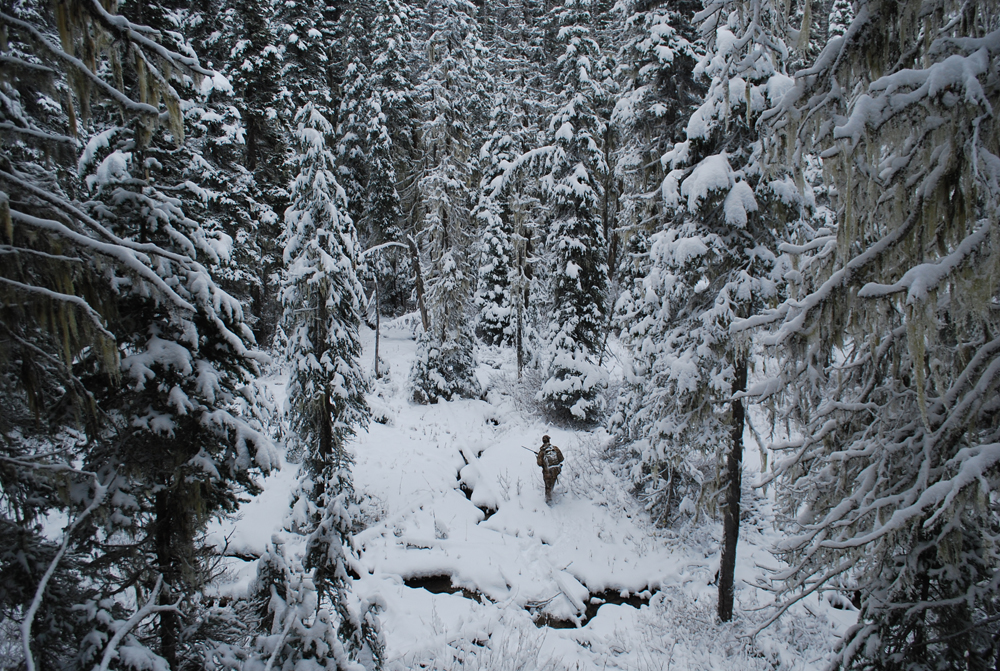
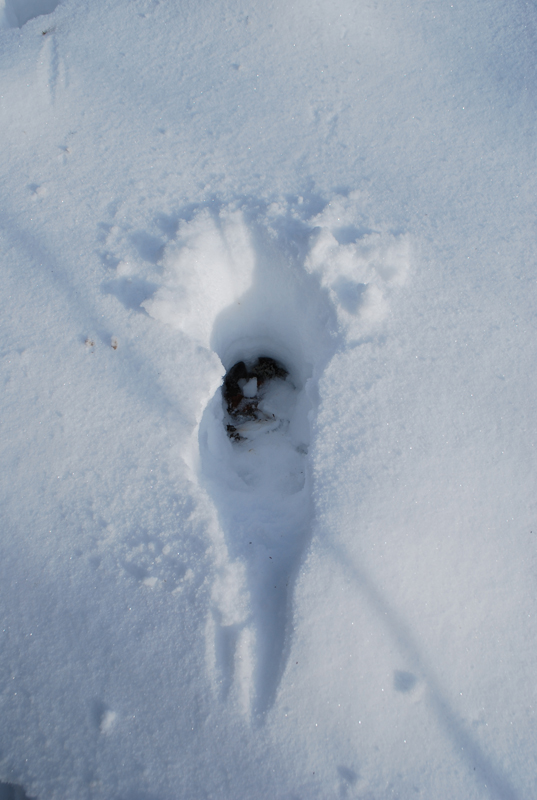
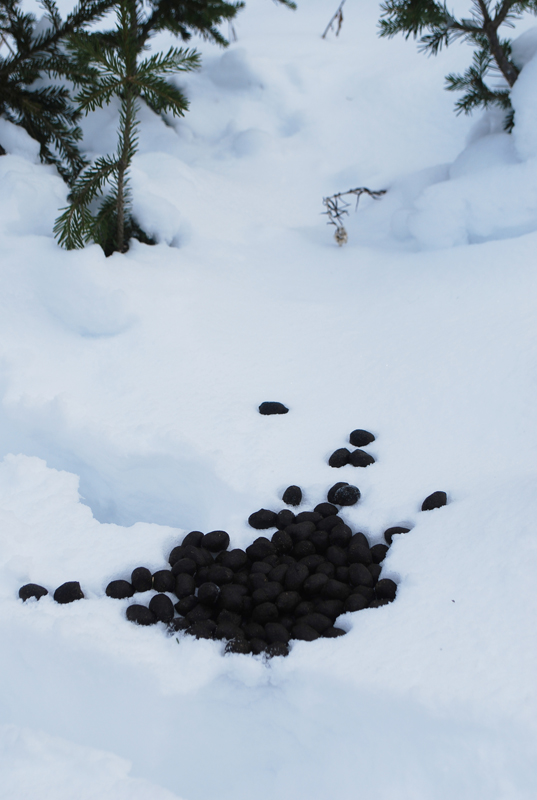
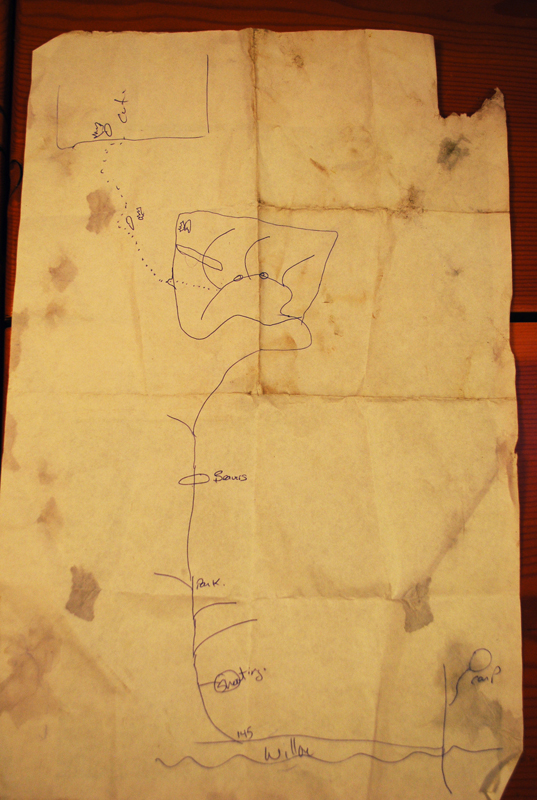
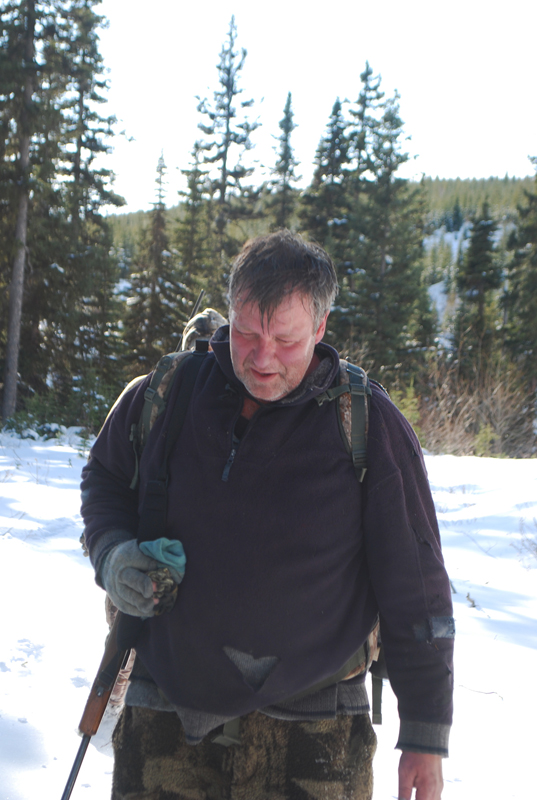
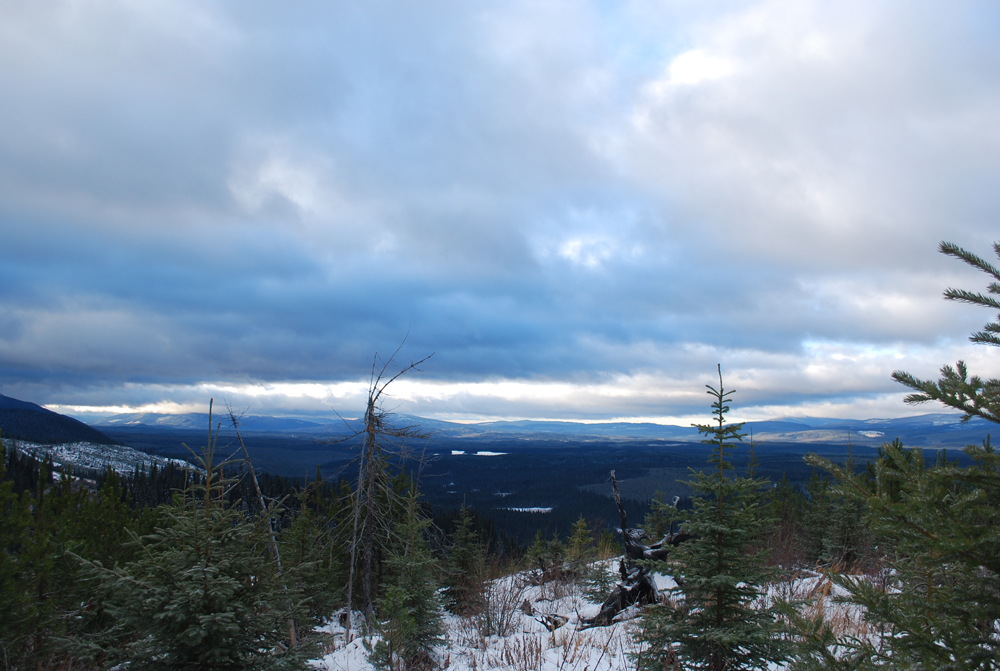
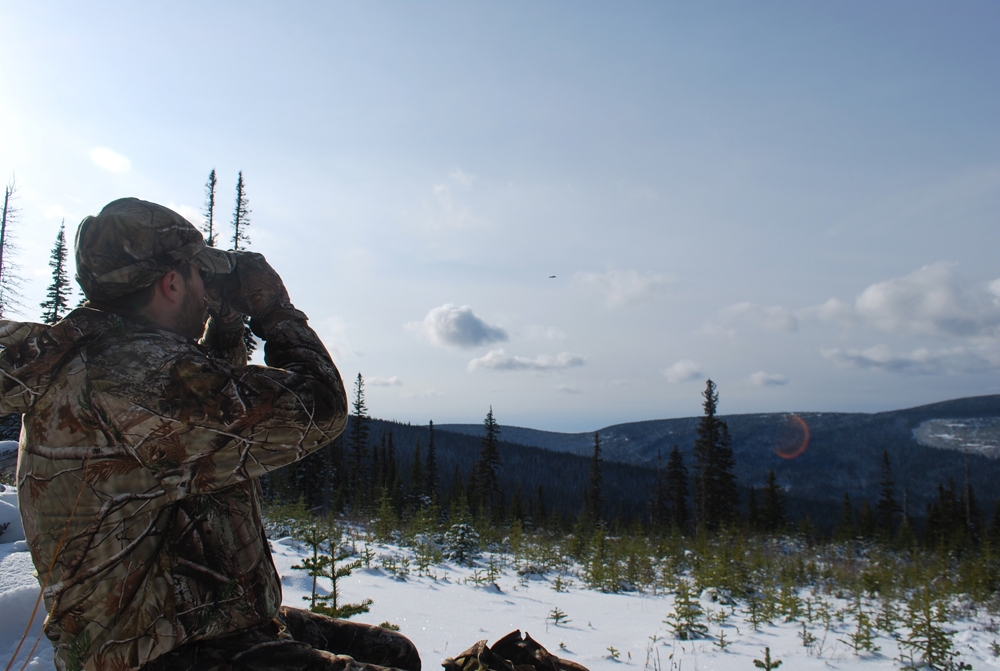
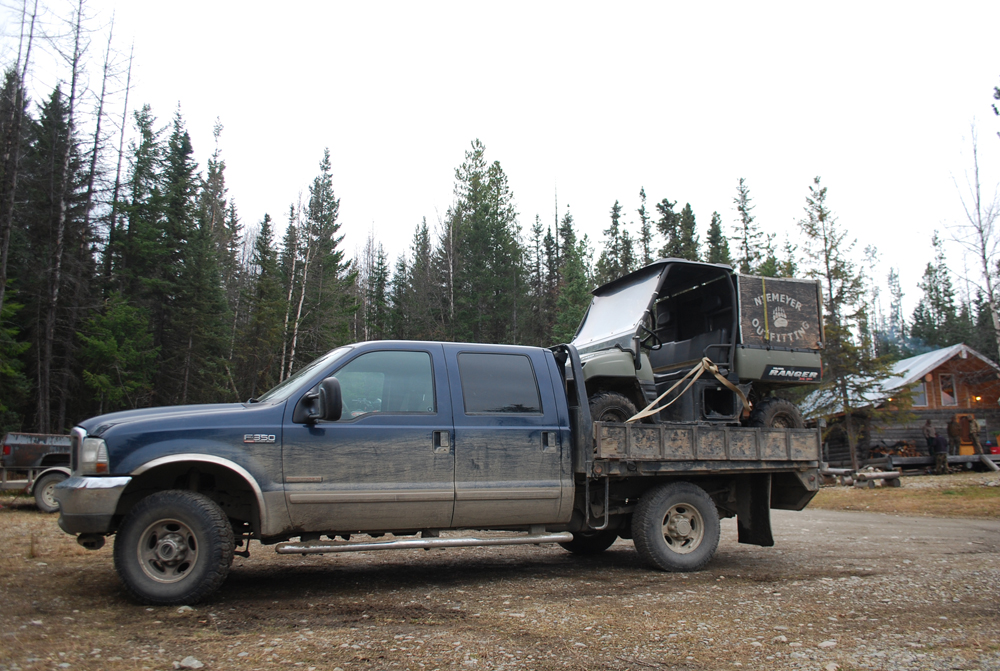
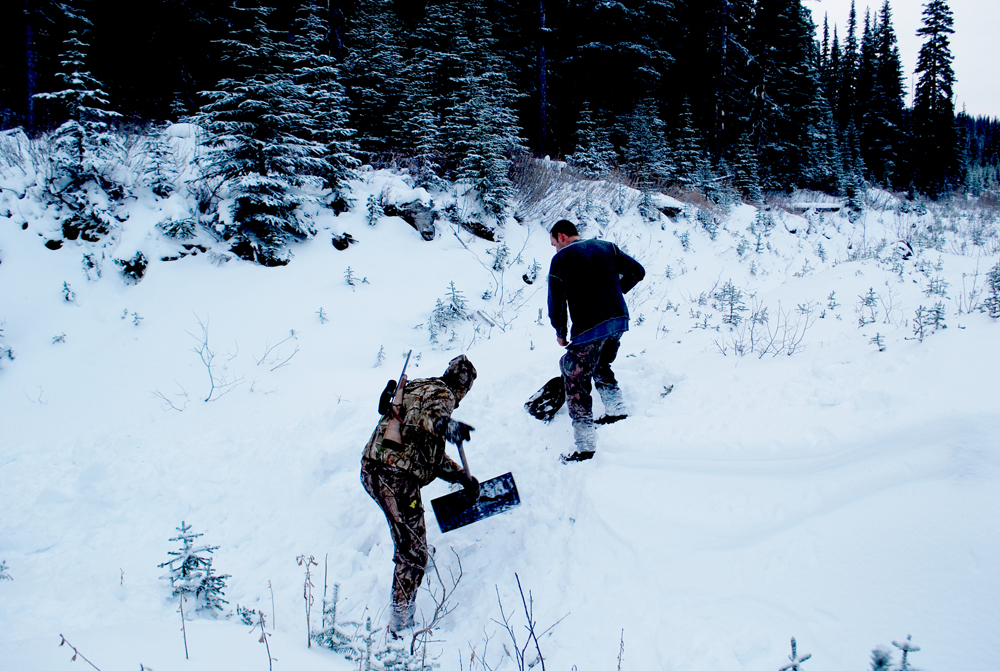
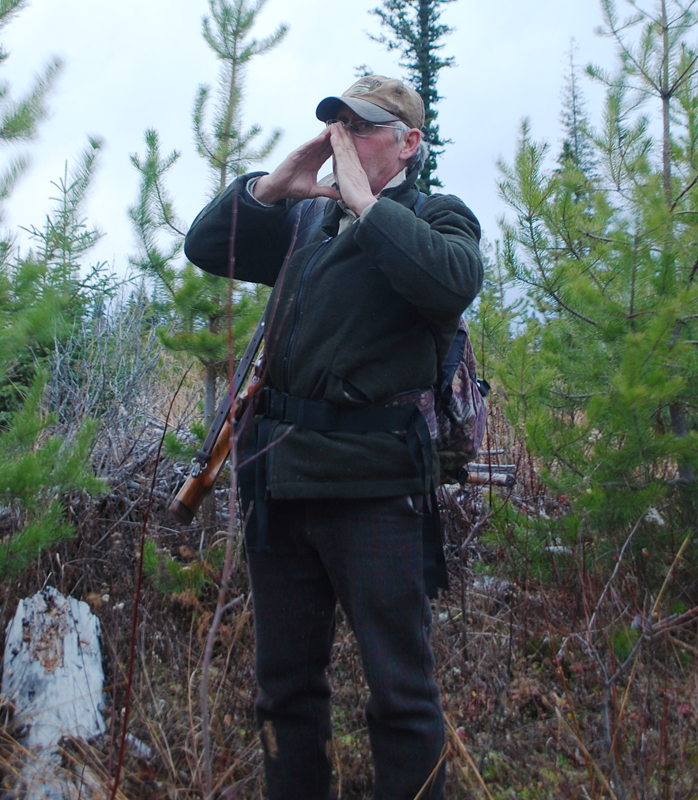
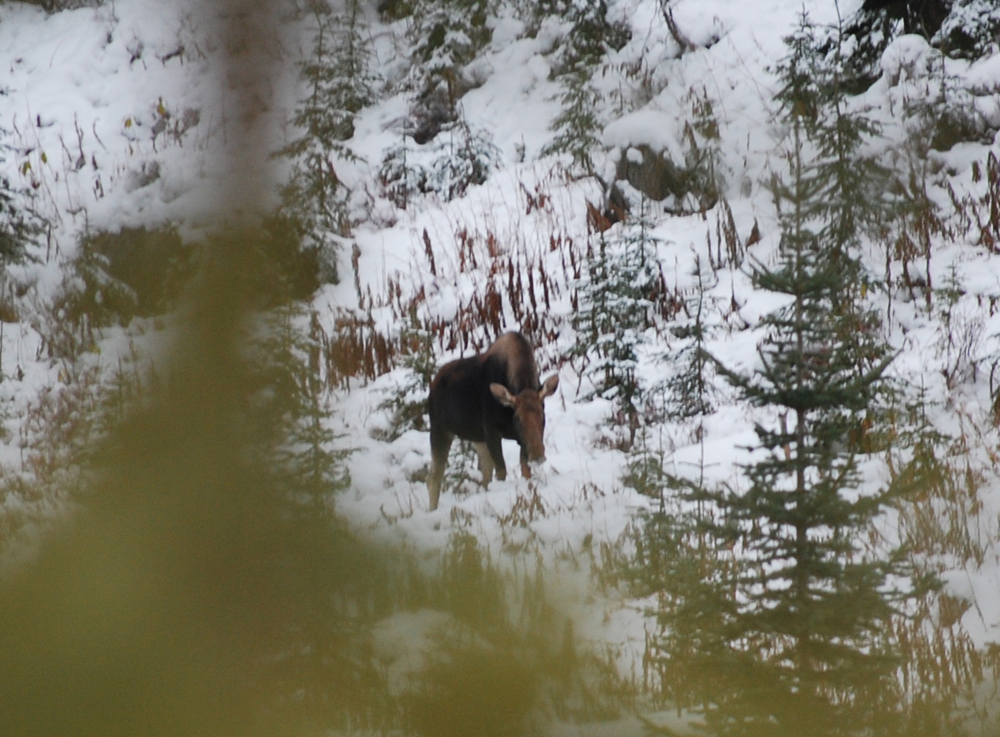
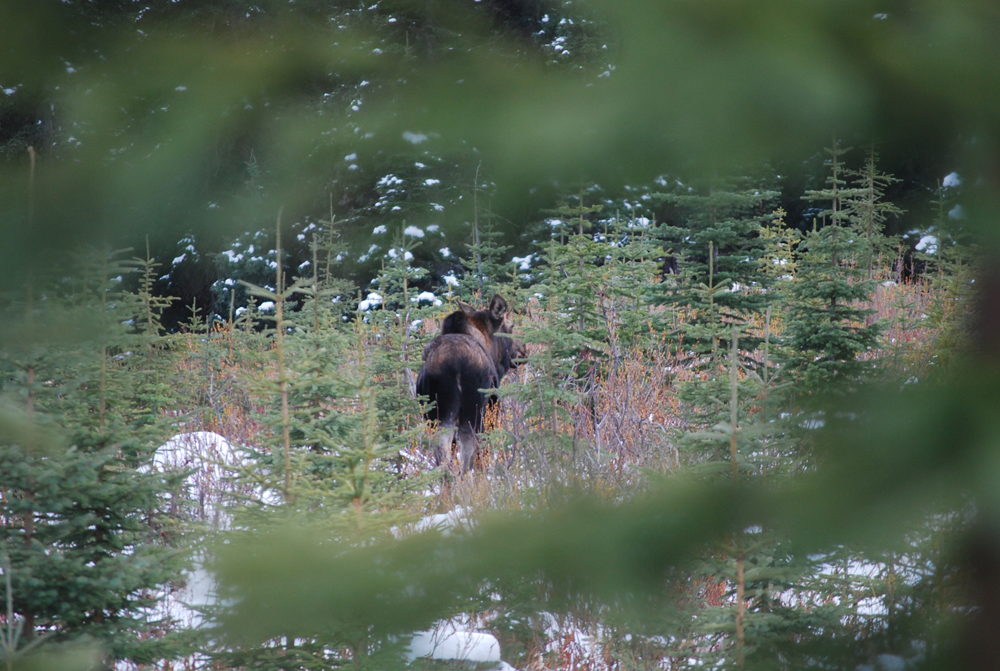
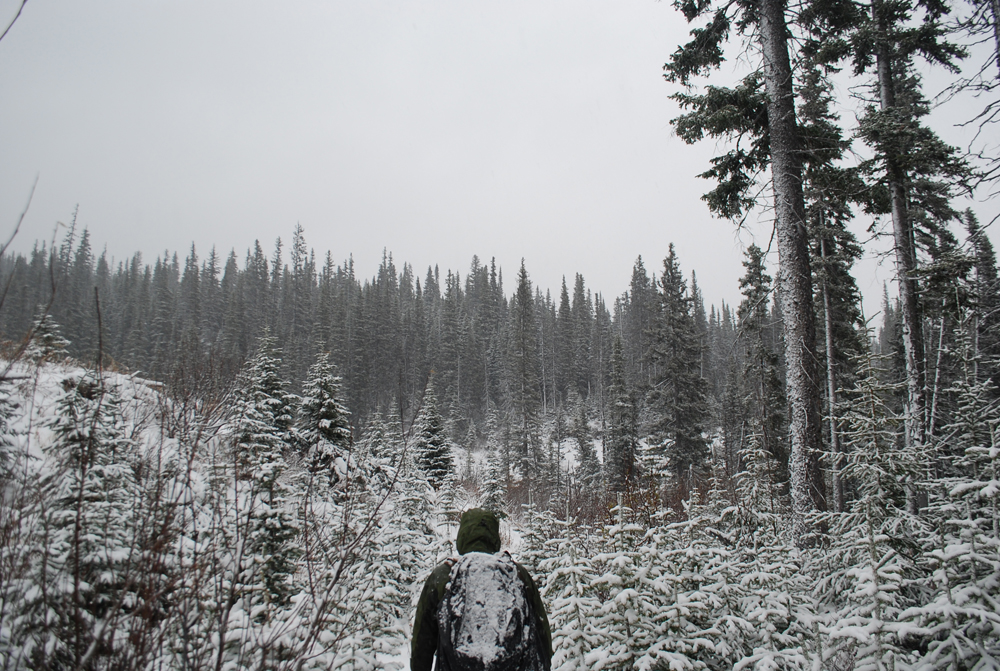
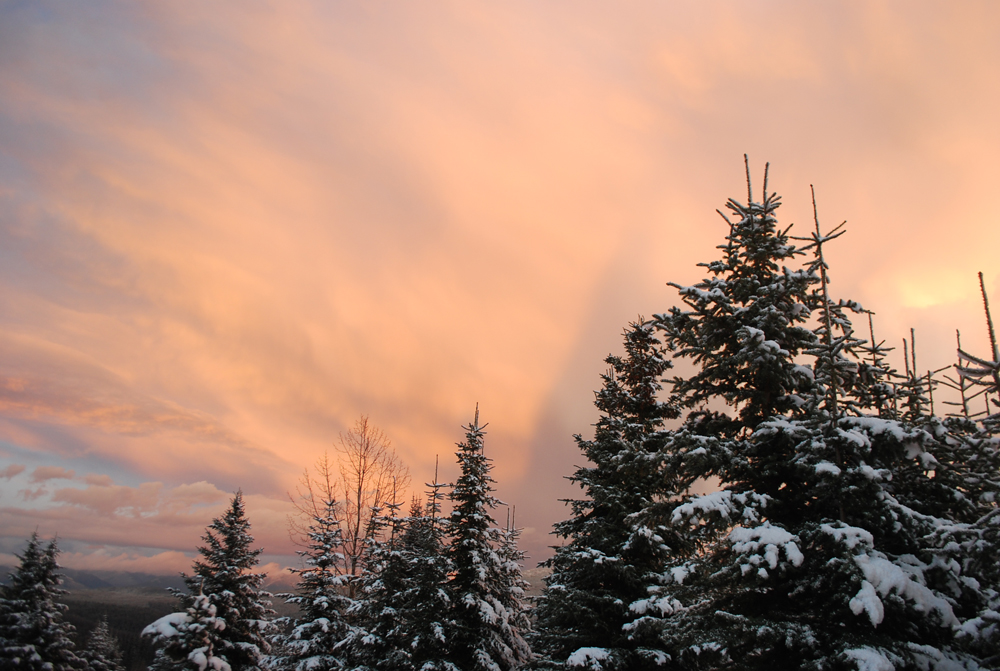
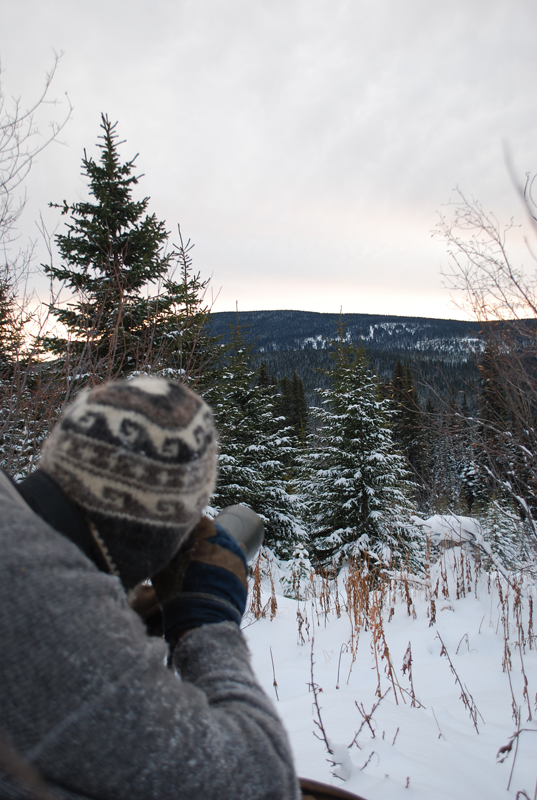
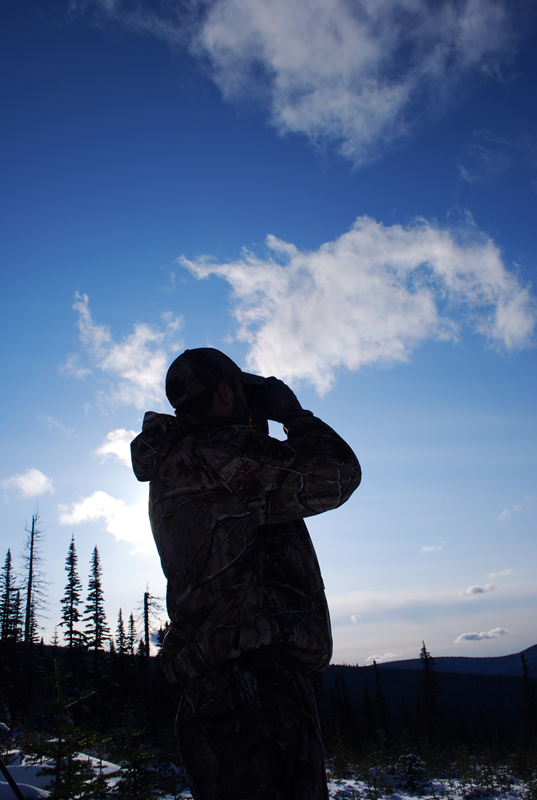
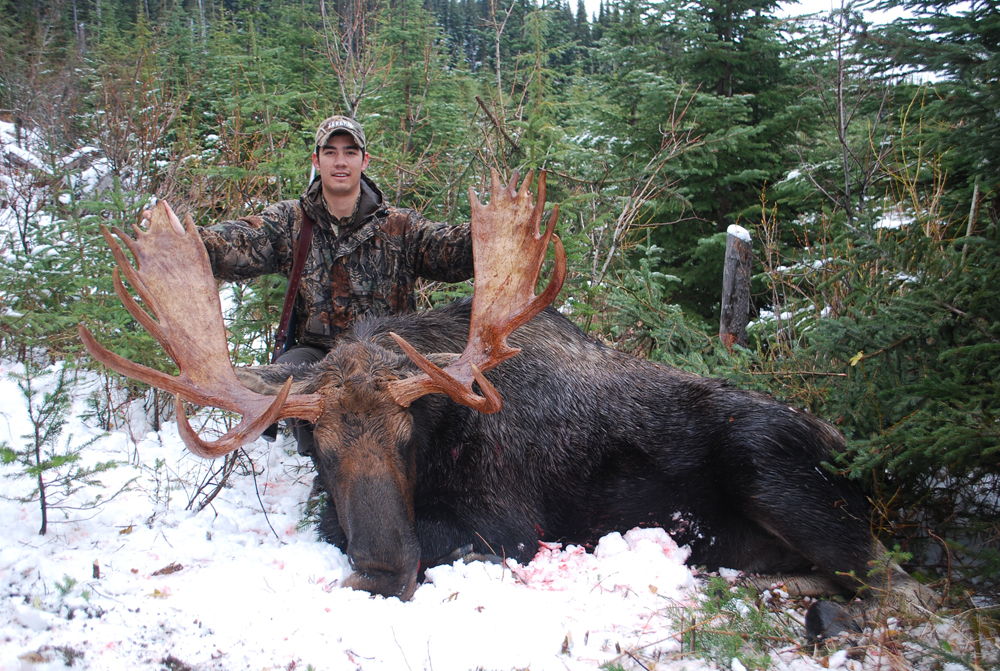
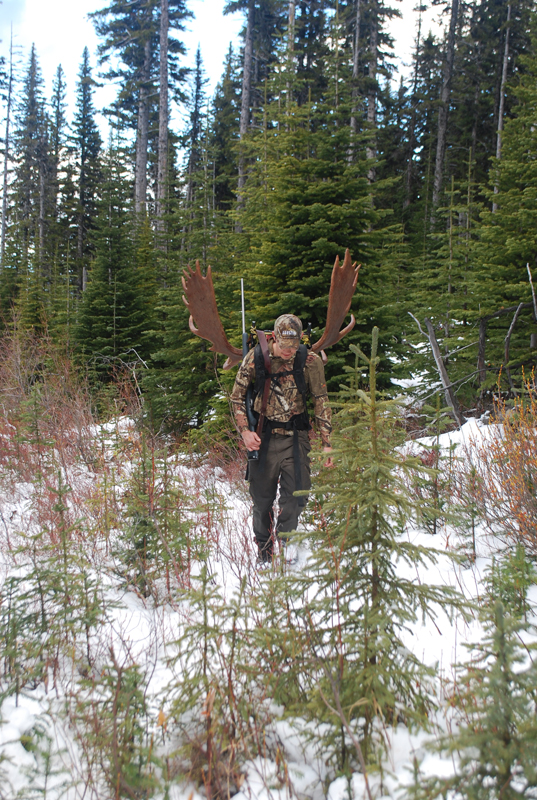
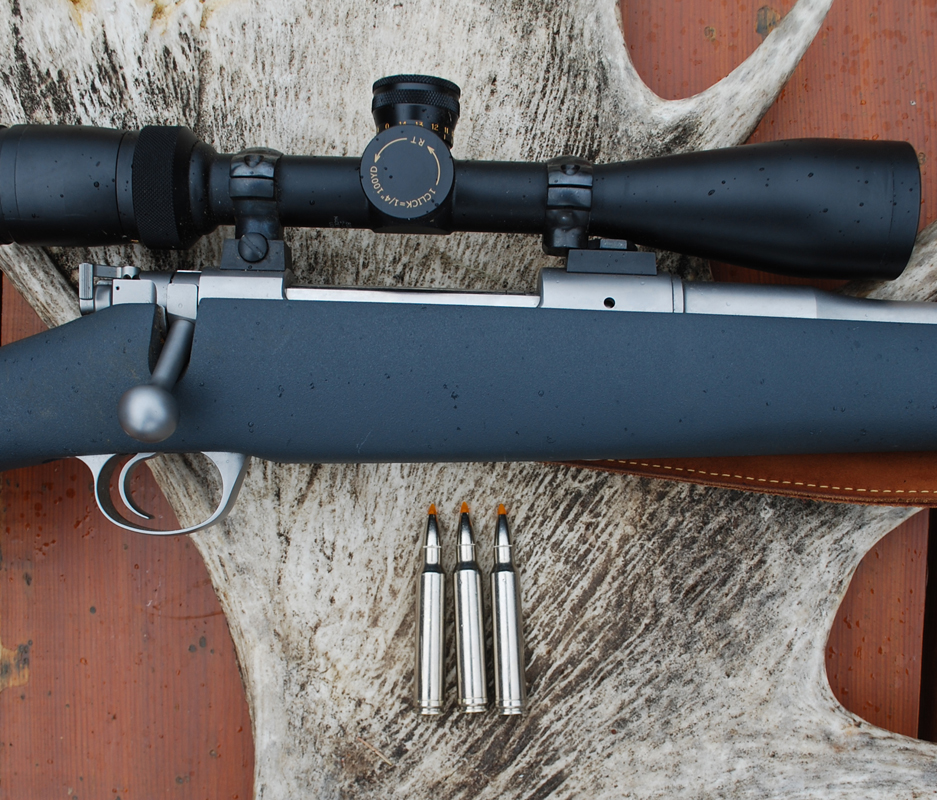
Make/Model: Kimber Model 8400 Magnum
Series: Montana
Caliber: 300 Win. Mag The Montana was the perfect kind of gun this sort of a hunt. It's stainless steel barreled action and Kevlar-carbon fiber stock stood up to the punishment I put it through (at one point I had it bungee corded to the back of a quad while I was ripping through alder willows).
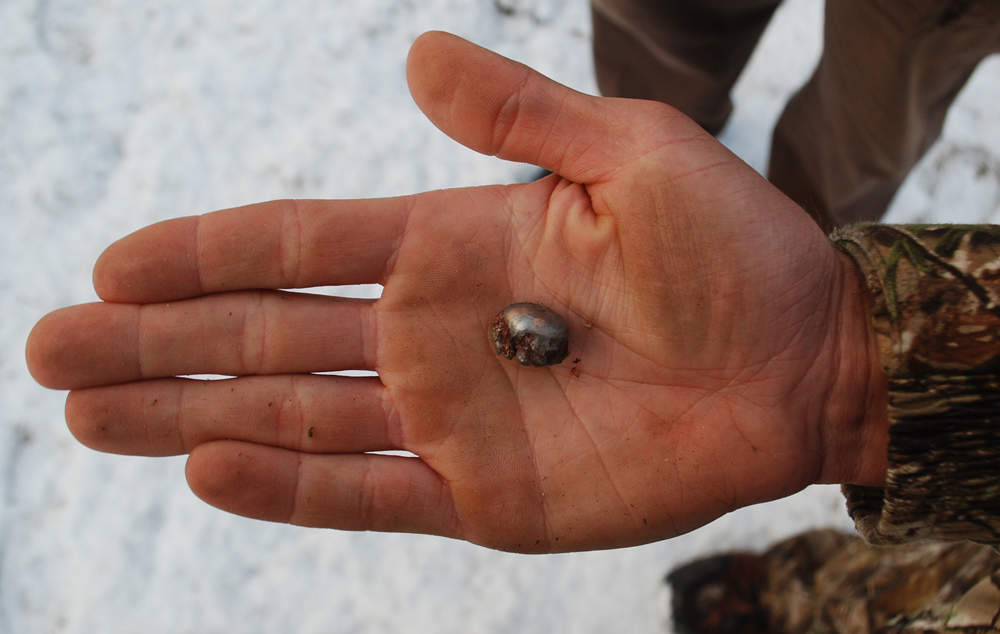
I shot Federal's Trophy Bonded Tip at 180 grains. The bullet has been out since 2008 and is the successor of the Trophy Bonded Bear Claw. The bullet's jacket is bonded to it's core for high weight retention and has a solid copper core to prevent over expansion. This is a fancy way of saying that if you shoot a moose in the shoulder at 20 yards, your bullet won't fracture to pieces when it hits bone. As you can see from this upset we took out of my moose, they actually do work.
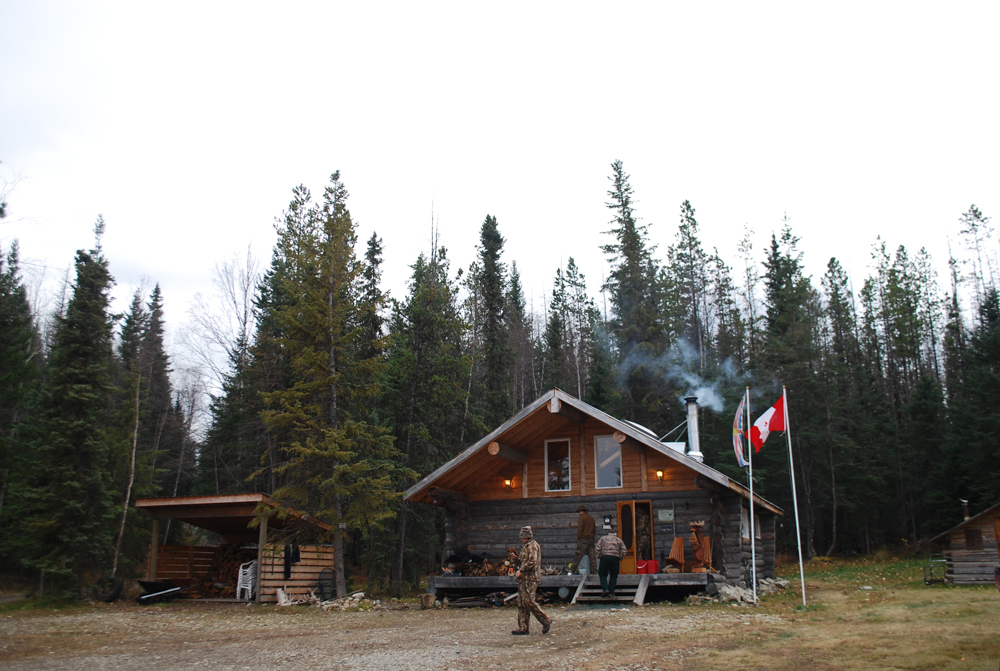
When the rut is over, tracking an old bull through the timber is your best option.

